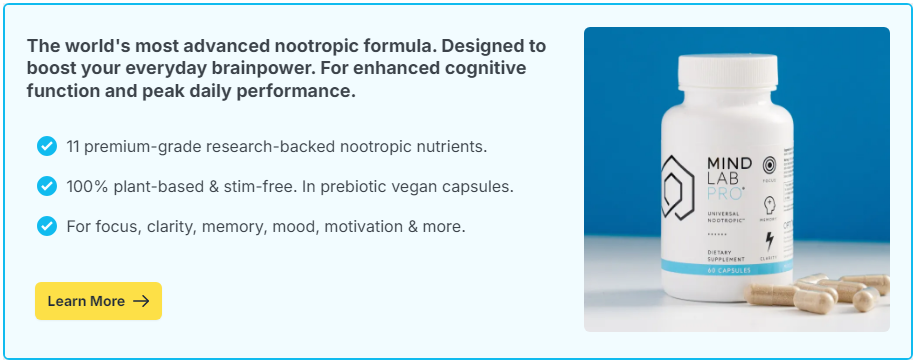
Studying used to feel like a chore for me, something I pushed off until the last possible moment. I would sit at my desk, books open, but my mind wandered. Hours passed, and I barely retained anything. Then, I began experimenting with routines. Slowly, I built a system that shifted studying from something forced into something almost automatic. Now, when it is time to study, my brain switches into focus mode, and learning feels natural. Here is the routine that turned studying into second nature for me.
Contents
Why Studying Often Feels Hard
Most people assume studying is simply about discipline, but the brain thrives on structure. Without it, distractions pull attention away, and information struggles to stick. When the environment is chaotic or the approach inconsistent, the brain treats studying like an uphill battle.
Another challenge lies in memory encoding. The brain does not store information equally – it favors repetition, association, and emotional significance. Random cramming without structure overloads short-term memory without transferring much into long-term recall. That is why all-night study sessions often leave little behind once the exam arrives.
Attention as the Gateway
Attention is the first step to effective studying. If the mind is scattered, retention drops dramatically. Factors like stress, sleep deprivation, and poor nutrition can shrink attention spans. Once I realized this, I knew studying required more than sitting with books – it required setting my brain up for success before I even began.
How I Built My Study Routine
Instead of forcing myself into long, exhausting sessions, I created a repeatable routine that my brain began to associate with studying. Over time, this conditioning made it easier to enter a focused state. The steps became almost ritual-like, signaling to my brain: it is study time.
My Step-by-Step Routine
- Declutter the workspace: A clear desk equals a clear mind. Removing distractions prevents mental clutter.
- Use the same space: Consistency trains the brain to associate a location with focus.
- Set a study timer: I work in 50-minute blocks, followed by 10-minute breaks. This prevents fatigue while keeping momentum.
- Preview before diving in: Skimming chapters or notes primes the brain for deeper learning.
- End with a review: Recalling key points at the end of each session strengthens memory retention.
Repeating this process daily created a rhythm. The more I stuck to it, the less effort it took to start studying. Eventually, the routine itself triggered focus, much like muscle memory in sports.
Active Learning Over Passive Reading
One major shift was moving from passive to active learning. Highlighting and rereading made me feel productive, but the information rarely stuck. Instead, I began using techniques that forced my brain to engage:
- Self-quizzing: Testing myself instead of just rereading material.
- Teaching back: Explaining concepts out loud as if I were teaching someone else.
- Spaced repetition: Revisiting information at increasing intervals to strengthen memory.
- Interleaving: Mixing different subjects or topics in one session to improve flexibility in recall.
These methods required more effort, but they also transformed studying from busywork into real learning. Over time, they became part of the natural flow of my sessions.
The Role of Energy and Focus
Even the best study routine falls apart without mental energy. Sleep, hydration, and movement turned out to be as important as the study methods themselves. When I stayed up late or skipped meals, my sessions dragged. When I prioritized rest, water, and quick breaks, focus came easier.
Nutrition played a huge role as well. A meal rich in protein and healthy fats before studying gave my brain fuel for sustained concentration. On top of that, I added one tool that made a noticeable difference: Mind Lab Pro.
Where Mind Lab Pro Fit Into My Routine
Mind Lab Pro provided the extra mental clarity I needed to make studying smoother. Ingredients like citicoline supported focus, bacopa monnieri boosted memory retention, and L-theanine created a calm yet alert state. Instead of battling fatigue halfway through a session, I could stay steady and engaged. The effect was not jittery or artificial like caffeine – it felt like my brain was simply operating at its natural best. Paired with my study routine, it gave me a serious edge.
Making Studying Feel Automatic
The real power of this approach came from consistency. By keeping the same steps, same location, and same flow, studying became less about willpower and more about habit. The brain learned the cues. Now, when I sit at my desk and set the timer, focus clicks in almost automatically. What used to feel like forcing myself now feels like second nature.
I used to dread studying, but building a consistent routine transformed it into something manageable and even enjoyable. By combining structure, active learning strategies, proper energy management, and brain support from Mind Lab Pro, studying shifted from an uphill climb into a steady rhythm. The difference is not just better grades or sharper recall – it is the confidence of knowing I can learn efficiently anytime. That confidence makes studying feel less like a struggle and more like a skill I have truly mastered.

